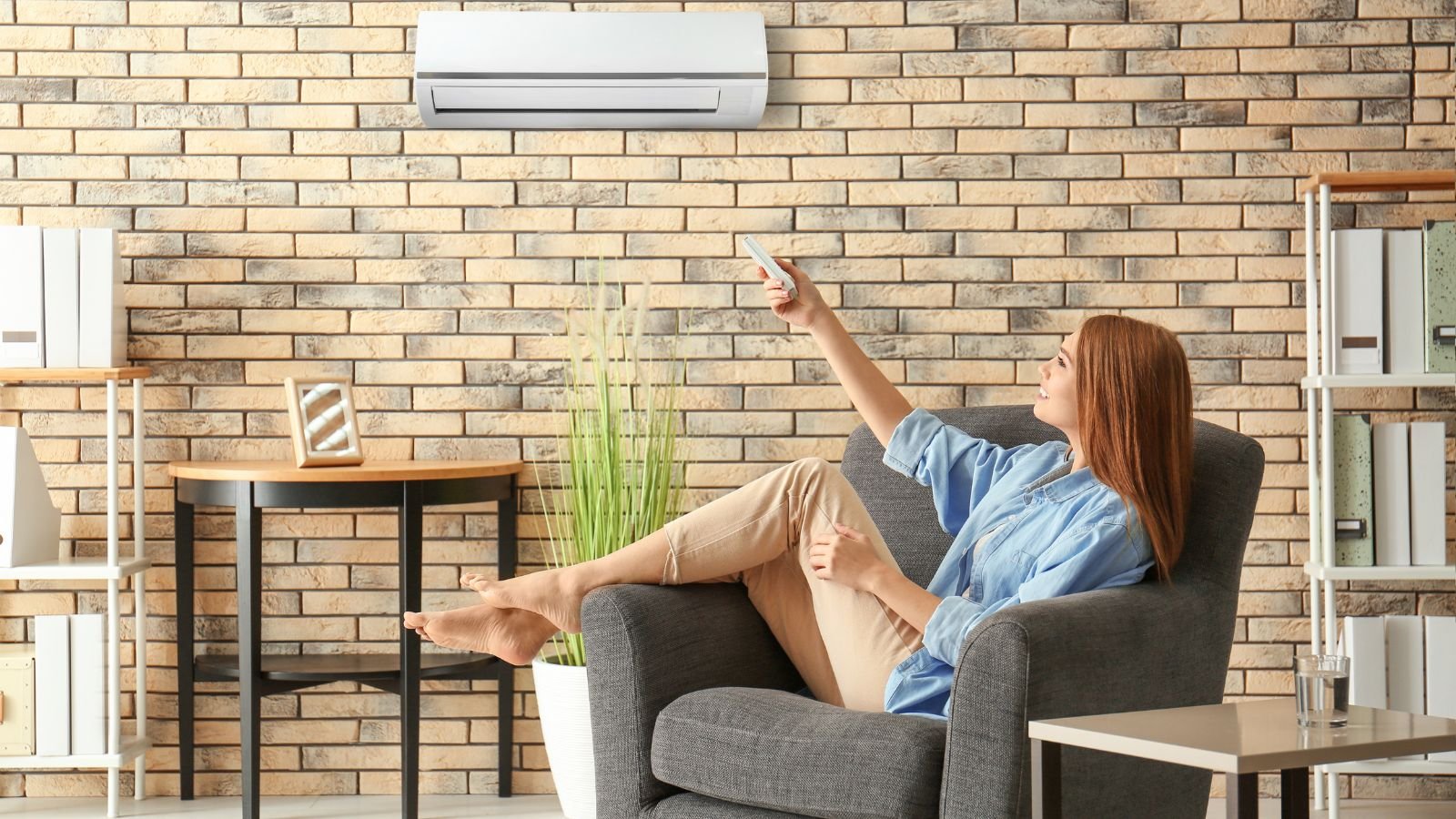Grandparents often say we take things for granted, and what is a necessity for us used to be a luxury in their time. Well, they are correct. In the evolving landscape of modern living, many items once considered luxuries have become necessities in American households. Technological advancements, shifts in societal norms, and changes in consumer behavior have made certain goods and services more accessible and essential than ever before.
Let’s explore 12 of these necessities that were once deemed luxuries.
Full House Security

Once reserved for the affluent who could get their homes guarded 24/7, comprehensive home security systems have become a standard feature in many homes. In 2023, approximately 39 million US households have installed alarm systems. Due to affordable and user-friendly technology, such as smart doorbells, security cameras, and alarm systems, homes are safer, giving their owners much-needed peace of mind. The ability to monitor one’s home remotely has transformed home security from a luxury into a necessity for many.
Central Air Conditioning Or Heating

Most homes in the 70s had either ceiling fans, large attic fans, or single-window air conditioning units. According to the Air Conditioning & Refrigeration Institute (ARI), 43% of homes in the USA did not have air conditioning in 1980; however, the number had come down to 30% by 1990. Central air conditioning and heating systems were considered a hallmark of upscale residences. Today, they are considered indispensable for maintaining comfort in all seasons. According to a survey by Residential Energy Consumption, while 88% of American households use air conditioning, two-thirds use central AC or a central heat pump as their top AC equipment.
Menstrual Products

For ages, women have been wearing rag cloths to absorb menstrual fluid. Tampons and sanitary napkins were introduced at the beginning of the 20th century, but they were not as comfortable or absorbent, and women felt shame and stigma from carrying them. Today’s sanitary napkins are much thinner, softer, comfortable and offer seamless wear than the bulky napkins of 60-70 years ago that weren’t even self-adhesive. Menstrual products, including pads, tampons, and cups, have transitioned from a luxury to an essential part of personal hygiene. The increasing awareness of menstrual health and the push for accessibility and affordability have made these products a necessity for women and girls, assuring them dignity and comfort during their periods.
Cell Phones As A Communication Device

In 1960, about one out of 5 American households had no phone. Imagine a world where you cannot contact your family members or friends because they do not have a phone. Today, 97% of Americans, that is approximately 330.8 million people, own a cell phone. Cell phones, once a status symbol, have evolved into an essential tool for communication, information, and entertainment. With smartphones, people have instant access to the internet, social media, and many apps that assist with everything from navigation to shopping and tracking your child’s school bus.
Laptops

Laptops were introduced in 1981 and were considered luxury items. Only in May 2005 did laptops first outsold desktops in the retail market for a whole month in the USA. People were no longer chained to their desks and could carry their work anywhere. The COVID-19 pandemic accelerated the shift towards remote work, online education, and staying connected, increasing the demand for laptops. In 2024, the revenue in the laptops market amounts to US$ 12.2 billion in the United States. The flexibility, functionality, and mobility laptops offer make them a vital necessity in today’s digital age.
Spare Time

At the beginning of the 20th century, Americans spent an average of 58 hours per week on housework, which decreased to 18 hours per week in 1975 due to labor-saving appliances like washing machines, dryers, vacuum cleaners, and dishwashers. A recent survey shows Americans spend 6 hours per week cleaning their homes. The figures shoot up to 14 hours weekly, including laundry, lawn care, and other miscellaneous household chores. The advent of modern conveniences has dramatically freed people from the drudgery of household chores and allowed them time to pursue education, careers, hobbies, physical activities, and quality family time, improving overall life quality.
Online Class

Online classes, once a supplementary form of education, have become a critical component of learning. Virtual learning, which has gained momentum since the COVID-19 pandemic, offers accessible, continuous, and flexible education. More than 30% of American students have taken at least one online class, and according to a survey in 2022, out of 1517 participants, 47% believed the quality of online education is the same as in-person instruction.
Retail Habits

A few decades ago, if you had to eat, wear clothes, or buy random knick-knacks for the home, you needed to step out, come rain or shine. Home delivery services, such as Amazon and Uber Eats, have transformed the lifestyle of Americans. The convenience of having groceries, meals, and goods delivered directly to one’s doorstep has become essential, particularly in urban areas and during health crises. These services save time and offer convenience that has redefined consumer expectations.
International Travel

International travel was considered a luxury expense and reserved only for the wealthy. In 1968, 4.4 million Americans had traveled overseas. However, overseas travel has now become more accessible and, for many, a necessity. Whether for business, education, or leisure, the ability to travel internationally opens up opportunities for cultural exchange, economic growth, and personal development. In 2023, 48.96 million Americans traveled abroad. The global connectivity facilitated by cheaper airfare and convenient travel booking apps has made international travel an integral part of contemporary life.
Exotic Foods

Exotic foods, fruits, spices, and herbs were once rare and expensive luxuries. Owing to wealth, exposure to international travel, and contact with diverse ethnicities, their food baskets have expanded to include spices, gourmet products, and tropical foods. In 2022, the United States imported spices worth US$364 million, becoming the first largest importer of spices in the world, while it imported tropical fruits worth US$4.75 billion, mainly from Mexico, Costa Rica, Dominican Republic, and Ecuador.
Printers

Home printers, once a convenience reserved for the few, have become essential for many households, especially with the rise of remote work and online schooling. In 2019, 62% of American households had a printer, reflecting its importance in modern domestic settings. The ability to print documents, photos, and school assignments at home provides convenience and efficiency that has transitioned printers from luxury to necessity.
More Space For All Children

Having enough space for all children in a home was a luxury. From 1960 to 2000, American kids grew up sharing a bedroom with their siblings as the number of bedrooms available for each child in an average household rose from 0.7 to 1.1. However, the present American family has fewer kids and is getting bigger houses so that their children don’t have to share a room. Adequate living space is crucial for children’s physical and mental well-being, providing them with room to play, study, and grow. As family dynamics and housing standards evolve, the need for sufficient space has become a priority for many households.
